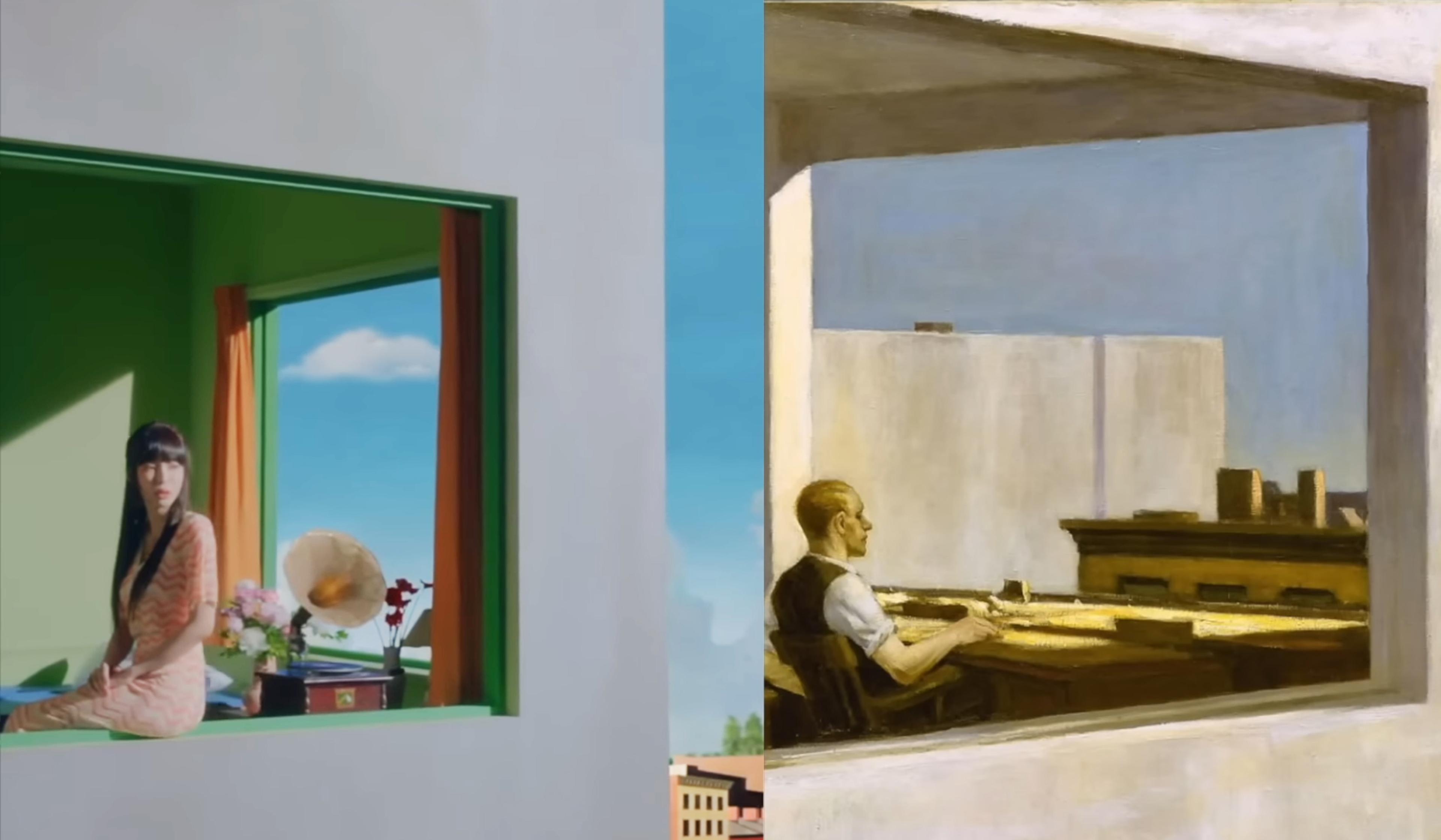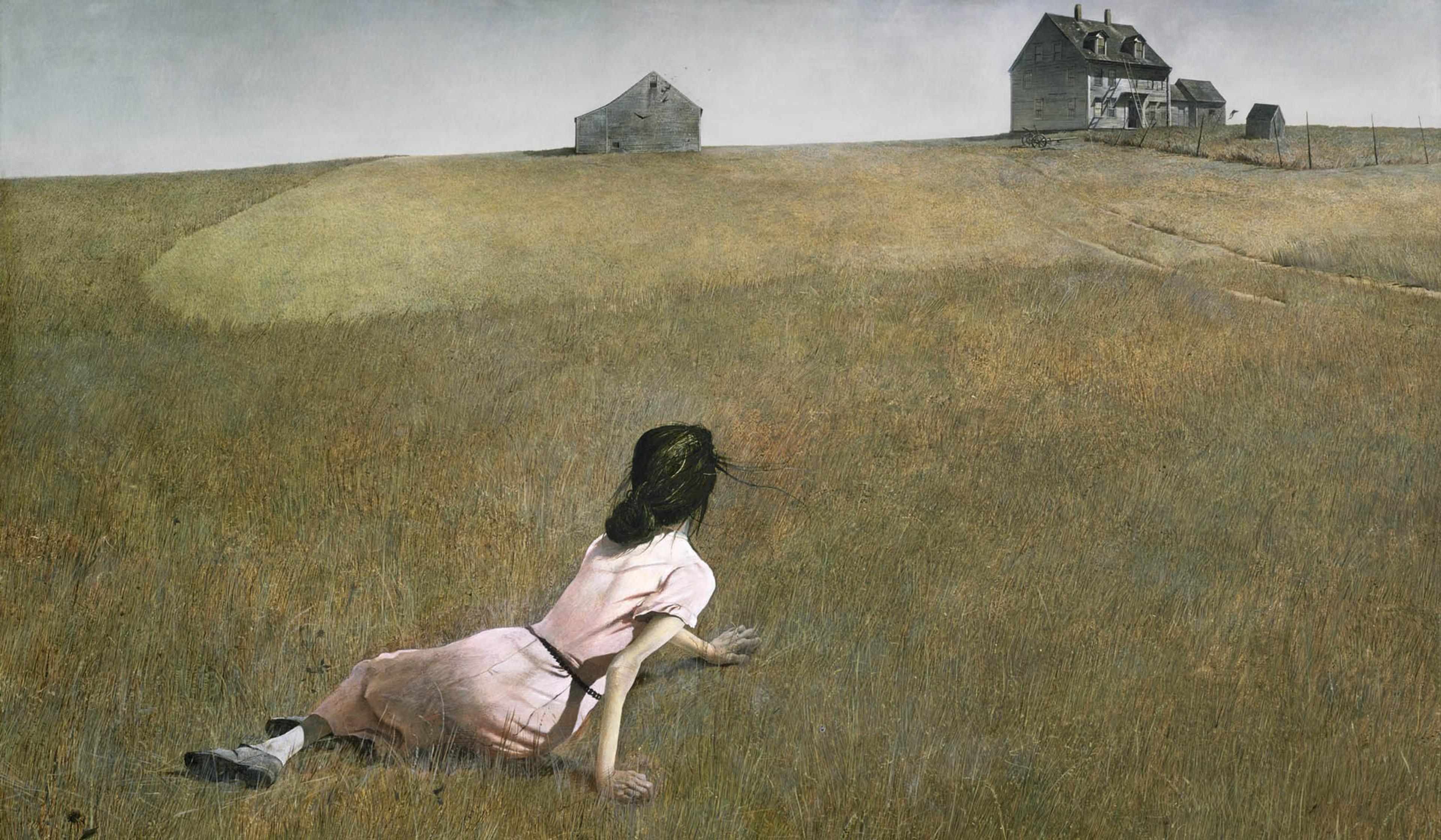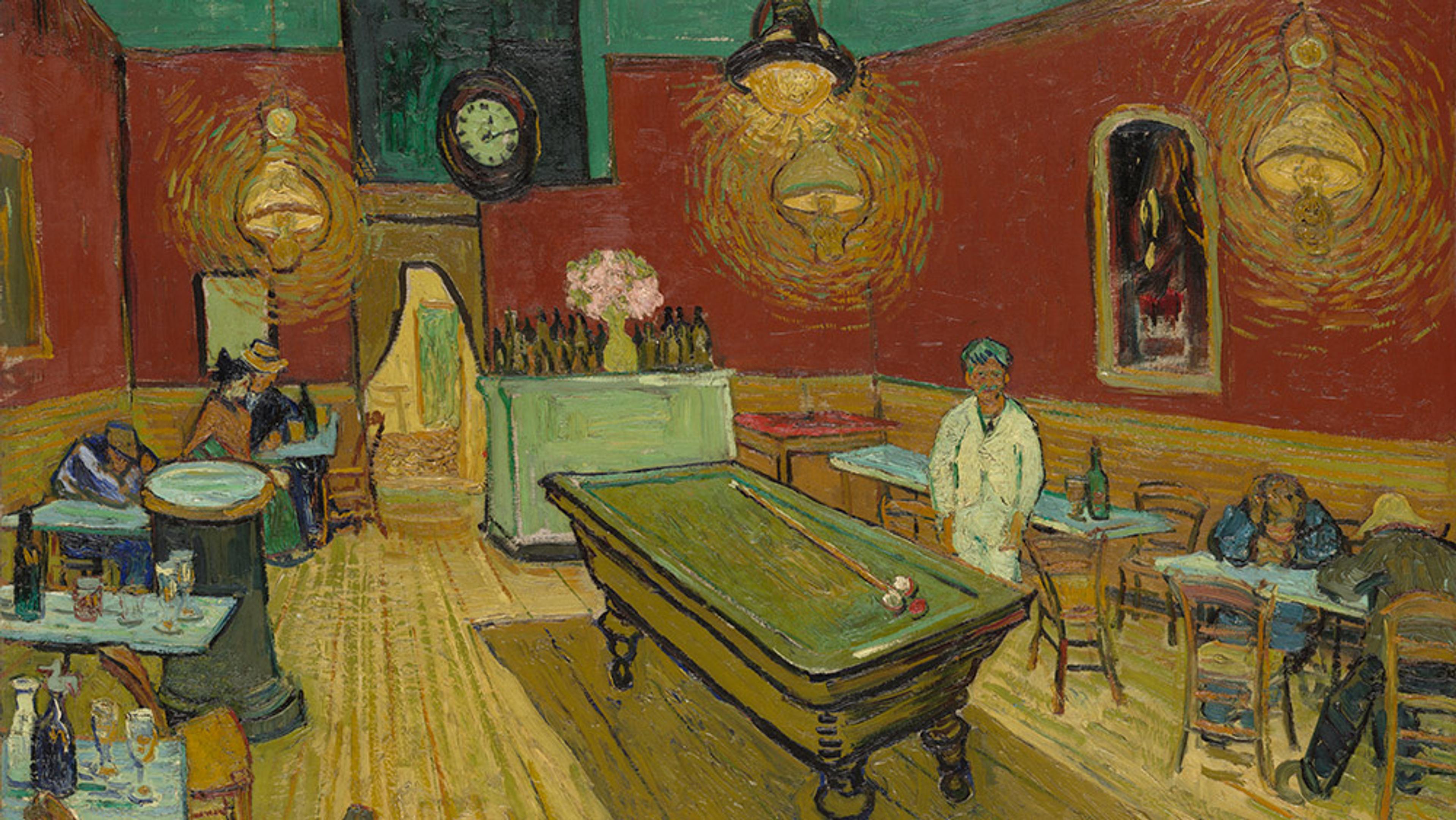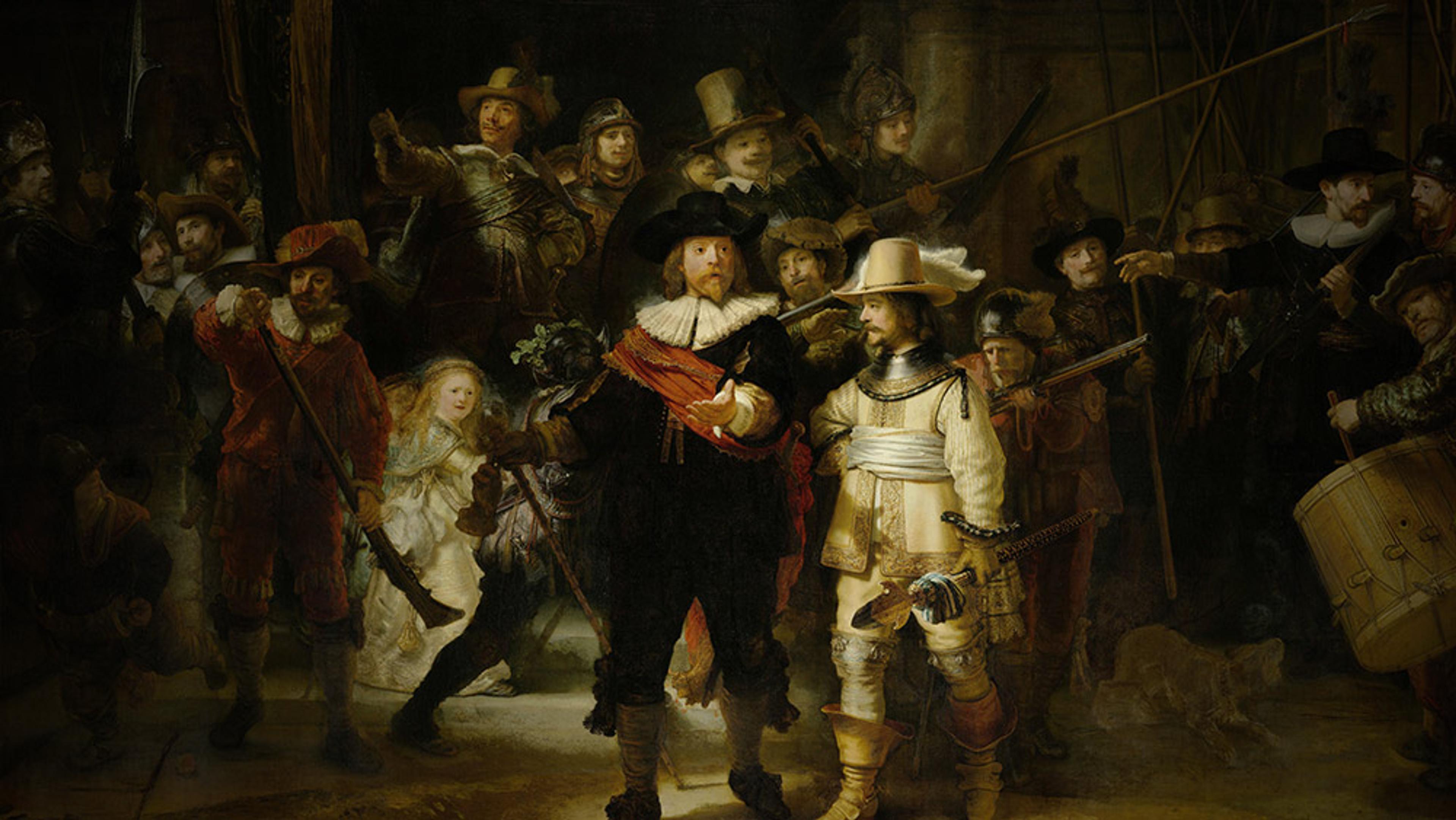The American artist Edward Hopper (1882–1967) was part of the realist movement, and his oil paintings depict isolation, modernity and everyday life in the US. Nighthawks (1942), likely his best-known work, portrays a nighttime scene of customers sitting in a near-empty Manhattan diner. In this video essay, Evan Puschak (also known as The Nerdwriter) explores the themes of voyeurism, vulnerability and alienation that pervade Hopper’s work, and considers whether Nighthawks’ historical context might lend it a surprising air of optimism.
The flickering ray of hope in the stark loneliness of Edward Hopper’s Nighthawks
Video by The Nerdwriter
13 September 2016

videoArt
Edward Hopper came of age with cinema. As an artist, he left a lasting mark on it
12 minutes

videoArt
‘I built the ground thinking of her’: the story of Andrew Wyeth’s ‘Christina’s World’
8 minutes

videoArt
Ugly on purpose: the intentionally drab desperation of Van Gogh’s ‘The Night Café’
7 minutes

videoArt
How Rembrandt used light and motion to make a mundane commission a masterpiece
8 minutes

videoArt
When is art a better tool for understanding mental illness than science?
8 minutes

videoArt
The female Abstract Expressionists of New York shook the world of art
15 minutes


